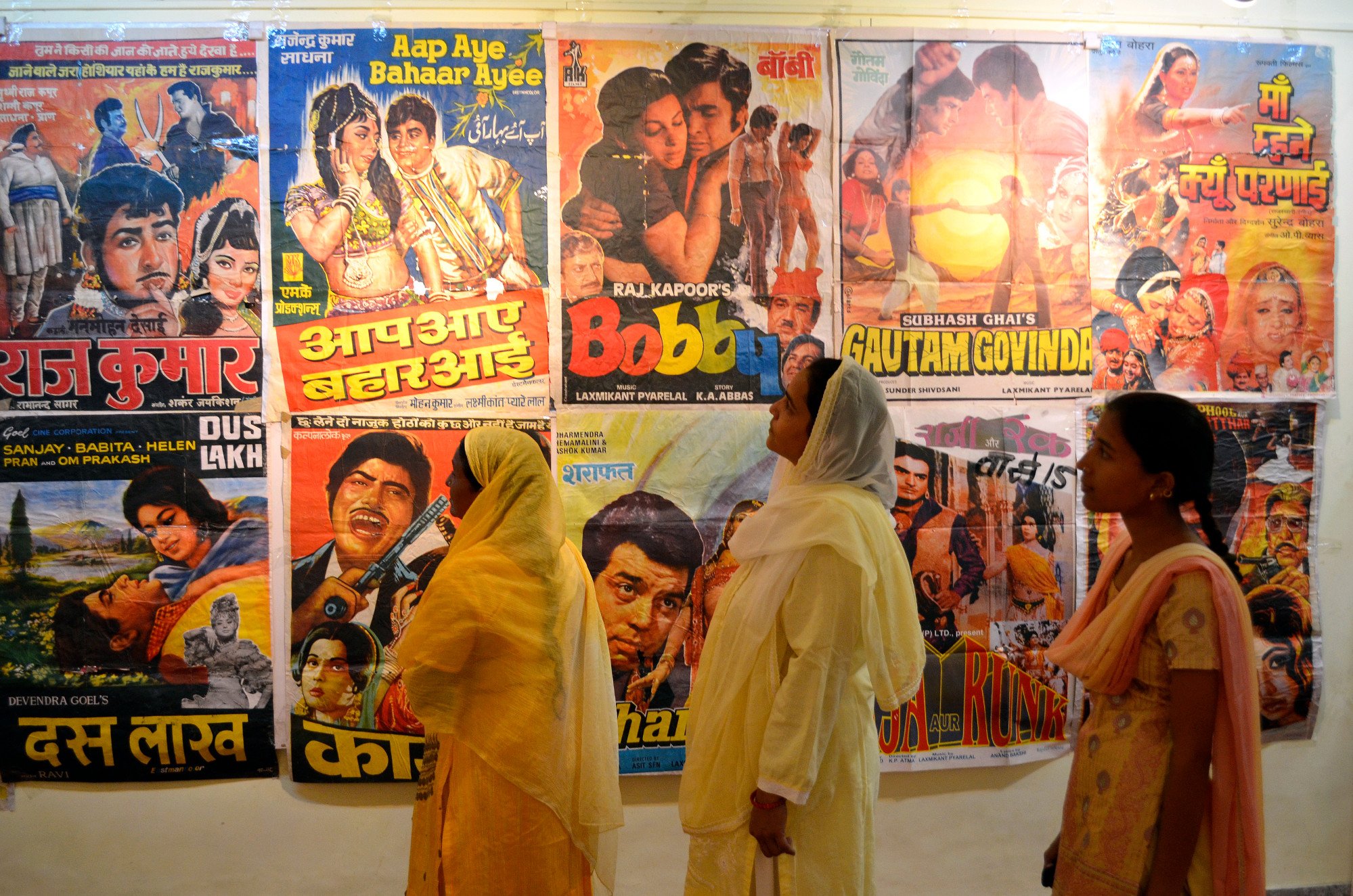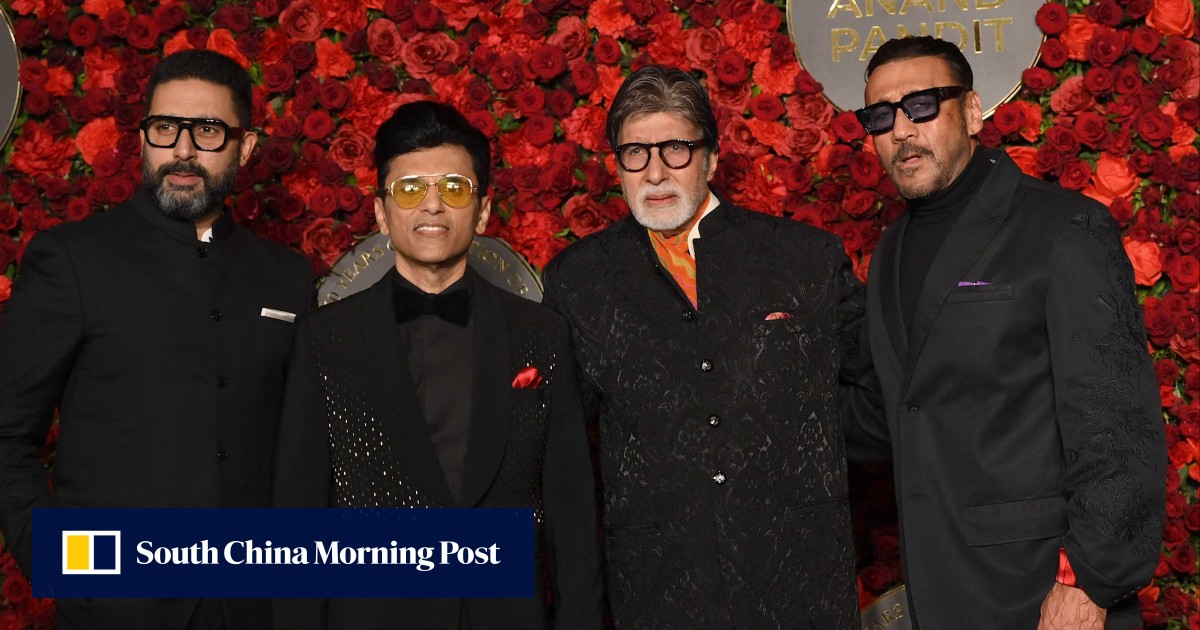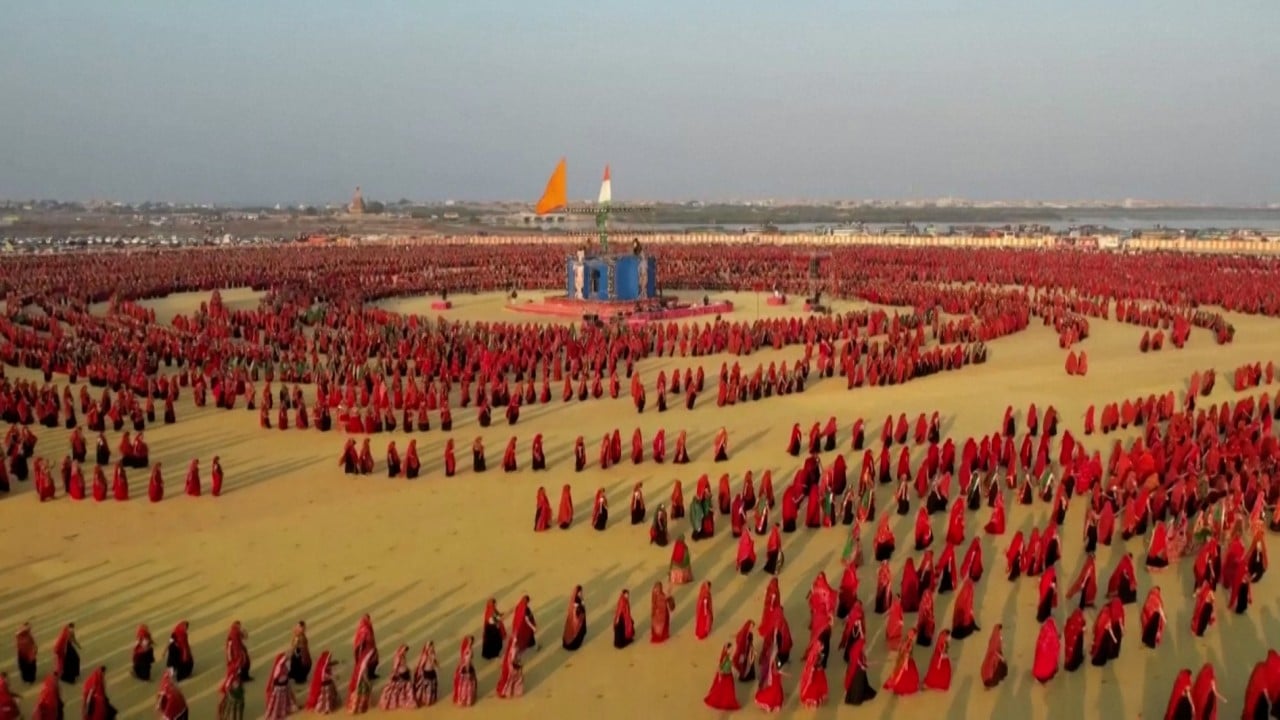If the deal were to be finalised by early next year, it would create an entertainment behemoth with a reach spanning India and abroad, analysts say. Lawyers, however, say that the size of the potential deal could invite antitrust scrutiny.
Archie in Bollywood? How a US comic became an Indian Netflix film
Archie in Bollywood? How a US comic became an Indian Netflix film
Disney streams content in India and the region through Disney+ Hotstar, which evolved from the Star India platform that it acquired along with other 21st Century Fox assets in 2019.
Reliance’s portfolio includes 10 regional language TV channels, as well as a film studio. It owns Network 18 Media, an Indian media conglomerate. Viacom 18, a subsidiary of Reliance, holds the digital streaming rights for the Indian Premier League, a Twenty20 cricket league involving 10 teams, while Disney holds the TV rights.
Zee Entertainment provides entertainment services including Hindi news and entertainment channels, and also distributes content to more than 160 countries.
Sony Entertainment Television, a unit of Sony Pictures, owns a Hindi-language general entertainment channel and associated channels like Sony SAB and Sony Pal.
The two mega-mergers could accelerate consolidation in the highly-fragmented industry, with the race to capture more eyeballs challenged by a host of digital upstarts, analysts say.
“Traditional companies need scale to innovate for Indian audiences. I don’t think consolidation will be confined to just the two mergers in the news,” said Ashish Pherwani, an Indian media and entertainment analyst at Ernst & Young.
“I think you will see a lot more in terms of both partnerships and consolidation going forward. Consolidation needs to happen in the industry,” he added.
Overall, the business value in the Indian media and entertainment industry grew by 20 per cent to a record 2 trillion rupees (US$24 billion) last year. Digital media-related revenue grew the most over the period, with its share of overall revenue increasing to 27 per cent in 2022 from 16 per cent in 2019, according to a report by Ernst & Young and the Federation of Indian Chambers of Commerce and Industry (FICCI).
The Indian media sector is expected to grow above 10 per cent amid stiffer competition domestically and internationally, Pherwani said.
‘Disastrous’: deep fake videos of Modi, actors prompt calls for urgent changes
‘Disastrous’: deep fake videos of Modi, actors prompt calls for urgent changes
Reliance is likely to gain enormous reach in the Indian television segment because of Disney’s portfolio of channels, while Zee and Sony have complementary strengths, said one senior industry executive, who did not want to be identified.
Following the consolidations, Reliance-Disney is expected to lead the industry with a market share of over 30 per cent, with Zee-Sony ranking a close second of around 30 per cent, the executive said.
Kamal Nahta, a film trade analyst, said, “These two big houses will be able to chart the course for the TV industry because they will be in such a commanding position.”
The potential for consolidation is enormous as there are more than 300 television companies in India, while the number of digital platforms providing film and television content is as high as 100, Pherwani estimated.
One key challenge for the massive industry is lean profit margins given the large number of players.
“We have large volumes for everything but per unit monetisation and margins have always been poor. That is true whether you are talking about radio, TV or streaming,” said Vanita Kohli-Khandekar, an author and India-based media specialist. “It has not been very profitable because [the industry] is so fragmented.”
Nonetheless, prospects remain bright for media and entertainment businesses as a key driver of growth is the explosive surge in the number of smartphones and smart TVs that are transforming content consumption patterns.
“Indian audiences had limited content earlier due to tech limitations. They were looking at more segregated, customised and curated content. Now, digitalisation has achieved scale,” Pherwani said.
The number of smartphone users in India will rise to 1.55 billion by 2040 from over one billion in 2023, according to Statista. With diverse cultures and incomes and over a dozen key languages, tapping into the market will require scale and segment-specific strategies, analysts say.

“The Indian market is extremely heterogeneous and has very low [revenue] per unit realisation,” said Khandekar. “You have to cater to diversity at a price point that works. Only then can you scale up in India.”
The consolidation trend comes amid a recovery in Bollywood with the release of several successful blockbuster films after a string of flops last year and a period of cinema shutdowns during the pandemic.
The growth of streaming platforms has stoked fears that the traditional film industry is on its way out. But the industry can still thrive even with the changes in consumption patterns, particularly with the combined clout of the mega Indian and international players, Nahta said.
The mergers “will bring in something very fresh and original. Why else would they merge?” he added.


